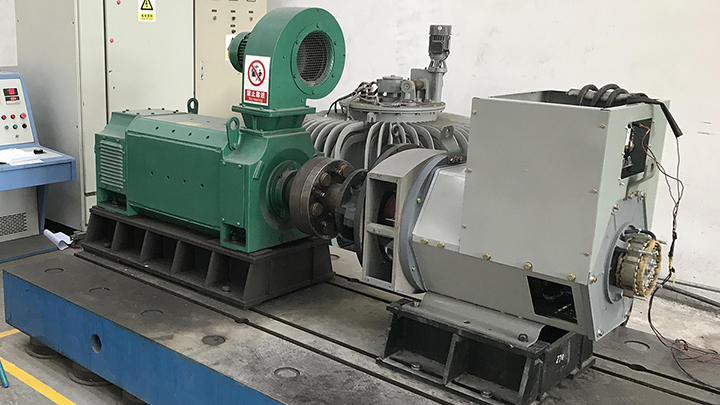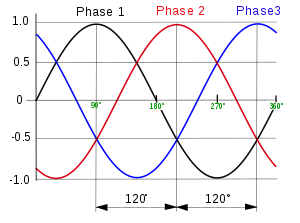Diesel generator KVA and KW convertion
KVA and KW
KVA stands for kilovolt-amperes, and is a measure of the apparent power of a generator.
KW stands for kilowatts and is a measure of the real power of a generator.
The KVA rating of a diesel generator is typically higher than its KW rating, as the KVA rating includes the power factor of the generator.

The power factor is the ratio of the real power (KW) to the apparent power (KVA). The power factor of a diesel generator is a measure of how the generator efficiency is converting electrical energy into mechanical energy. It is calculated by dividing the real power output of dg set (in kW) by the apparent power output (in kVA). A higher power factor indicates a more efficient generator, as more of the electrical energy is being converted into mechanical energy.
The rated power factor PF is 0.8 (lag) for 3 phase diesel gensets and 0.9 (lag) or 1.0 for single-phase diesel gensets. The formula is KW=PF*KVA.
For example:
MG-C1000 is 3 phase 1000KVA Cummins diesel generator set.
KW=PF0.8*1000KVA=800KW.
MG-P10 is single phase 10KVA Perkins diesel generator set.
KW=PF1*10KVA=10KW.
MG-D440 is 3 phase 320KW Doosan diesel generator set.
KVA=320KW/PF0.8=400KVA.
3 phase and single phase
3 phase power is a type of electrical power that is generated by three alternating currents that are out of phase with each other. It is commonly used in industrial and commercial applications, and is more efficient than single-phase power. As it allows for more power to be transmitted over a given distance. The three phases are usually referred to as A, B, and C. The three phases are offset from each other by 120 degrees, allowing for more efficient power transmission.

Single phase power is a type of electrical power that is generated by a single alternating current. It is less efficient than 3 phase power. However Single phase power is still widely used in many applications, such as powering small appliances and lighting. Single phase power is simpler and cheaper to install than 3 phase power, and is often used in residential and small commercial applications. Single phase power is also more reliable than three phase power, as it is less susceptible to power outages.
Output voltage of generator set
The voltage between phase and phase is the line voltage. There are many voltage standards in various countries in the world. Line voltage 220V is one, 380V is another, and there are other voltages. Between the phase and the center line is called the phase voltage. Line voltage=Phase voltage*1.732.
However the voltage is also according to frequency 50HZ or 60HZ. At present, 3 phase voltage standard in China is 380V, and the frequency between each phase is the same, and the frequency is 50Hz. Since the star connection is used for residential electricity access, if China says 3 phase 380V, it refers to the line voltage, and its phase voltage is 220V. If it says 3 phase 220V, it refers to the line voltage, and its phase voltage is 127V. South America and Philippines are such power supplies. And the frequency in these countries are 60Hz. The phase voltages are 120V/60HZ and 220V/50HZ respectively. At the same time, they are connected to the delta connection used for residential electricity, so the line voltage and phase voltage are equivalent. The phase to neutral line is called single phase voltage, and the voltage is 220V.





